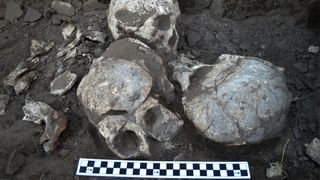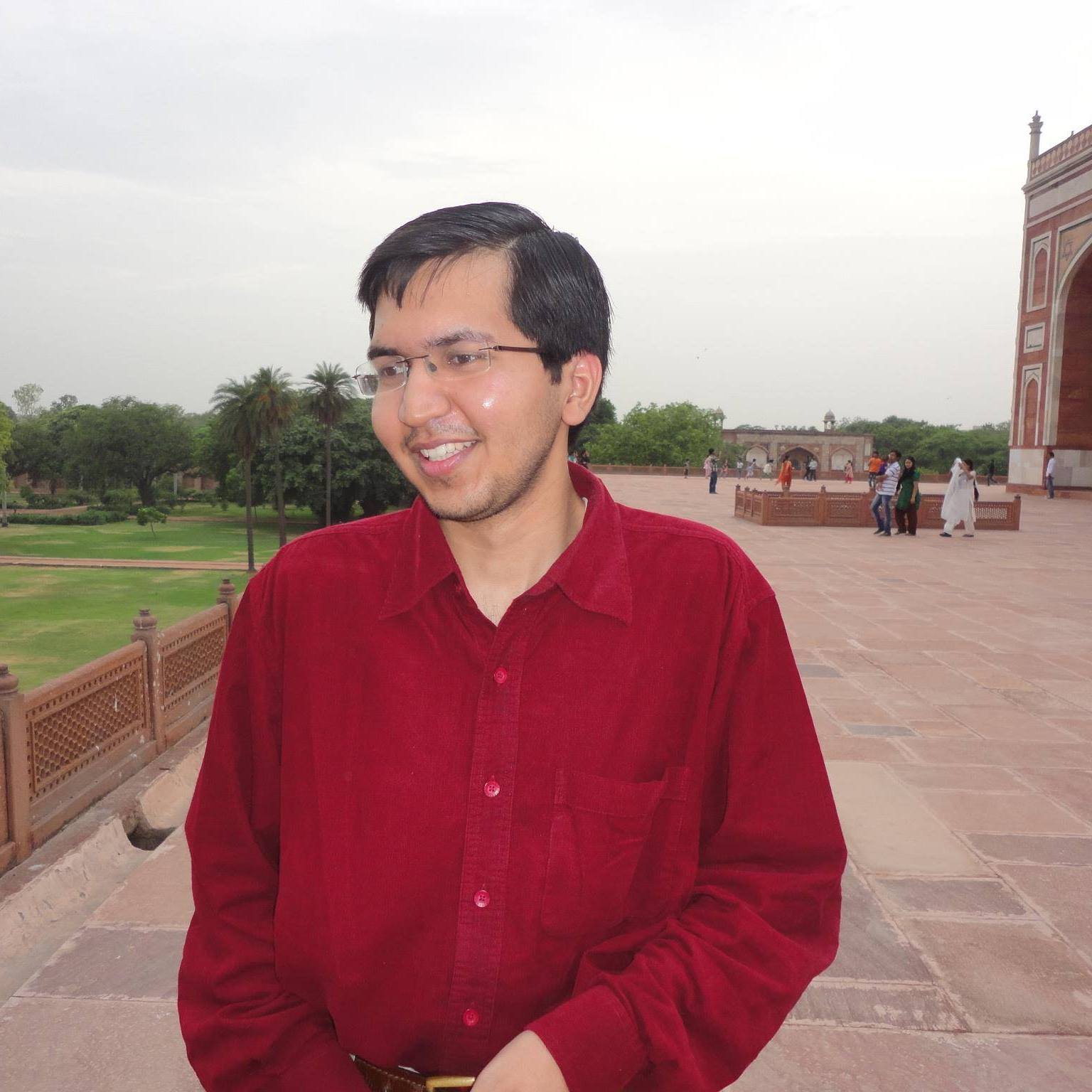Headless skeletons in China represent the largest known headhunting massacre from Neolithic Asia
Headless skeletons from a 4,100-year-old massacre in China are from victims of the largest known 'headhunt' from Neolithic Asia.

Ancient headless skeletons recovered from mass graves in China are the remains of victims who were massacred around 4,100 years ago in headhunting events, including the largest on record from Neolithic Asia, a new study finds.
Headhunting is a practice of taking the heads of enemies as trophies. Surprisingly, all of the 41 headless skeletons analyzed by the researchers belonged to women and juveniles, according to anatomical analyses. It's possible that when rivals attacked the settlement, they targeted women and children, resulting in an "interpersonal conflict with a high level of cruelty," the researchers wrote in the study. It's also possible that interlopers used a "ritual of selective decapitation" when choosing their victims, the team wrote.
"Headless females and children, with evidence for cut marks on their neck vertebrae, are testament to the brutality exerted on these people," Charlotte Roberts, a professor emeritus of archaeology at Durham University in the U.K. who was not involved in the study, told Live Science in an email.


Researchers first learned about the Honghe site, located in Heilongjiang province in northeastern China, in the 1990s, and the site has been excavated six times since 2013. After digging through two houses and three tombs, the team found a total of 68 skeletons, of which 41 were headless, dating to 4,100 to 4,400 years ago. An additional four skulls that belonged to men were recovered from a pit outside a house. Archaeologists also found contemporary cultural remains, such as pottery and bone-and-rock tools, with the skeletons, according to the study, published Sept. 2 in the journal Archaeological and Anthropological Sciences.
Of the 41 headless victims, 32 appear to have been killed in a single event, making it the largest head-hunting event from Neolithic China on record.
Related: Remains of 2,000-year-old sheep-drawn chariot discovered near 'Terracotta Army' in China


"Heads of enemy tribes were sought after for a specific ritual meaning, to conquer and/or possess the soul and energy of the enemies," study senior author Qian Wang, a professor of biomedical sciences at Texas A&M University School of Dentistry, told Live Science in an email. "No such headless burials were found during the Neolithic Age in China, except for some heads for sacrificial rituals."
All but a few of the headless skeletons were missing the first and second vertebrae, and bore similar narrow V- to U-shaped cuts on their second vertebra, hinting at consistency in the perpetrators' technique and weapons. The weapons used were most likely bone-handled knives with sharp stone blades, Wang said.
However, it's less clear why women and youngsters, rather than adult men, were targeted. It's possible that the Honghe people — a community of farmers, hunters and fishers — were in active conflict with other tribes, as evidenced by three defensive trenches found in the settlement. Perhaps the settlement was attacked by a rival tribe while all of the men were away, the researchers suggested. Then, after the attack, the perpetrators may have carted off with the heads as trophies. When the males returned, they likely moved the corpses to two houses for a simple burial and then abandoned the settlement, Wang said.


Meanwhile, the four bodiless skulls found in the pit may have been "trophies" brought by the members of the Honghe settlement from another enemy tribe, Wang said.
Roberts called the study "remarkable" for uncovering catastrophic interpersonal violence against women and juveniles. She also found it interesting that the rest of the individuals in the mass graves had no cut marks, which may indicate a different method of decapitation.
Live Science newsletter
Stay up to date on the latest science news by signing up for our Essentials newsletter.

Soumya Sagar holds a degree in medicine and used to do research in neurosurgery at the University of California, San Francisco. His work has appeared in New Scientist, Science, Discover, and Mental Floss. He is a passionate science writer and a voracious consumer of knowledge, especially trivia. He enjoys writing about medicine, animals, archaeology, climate change, and history. Animals have a special place in his heart. He also loves quizzing, visiting historical sites, reading Victorian literature and watching noir movies.
Most Popular

By Sascha Pare

By Ben Turner


By Harry Baker